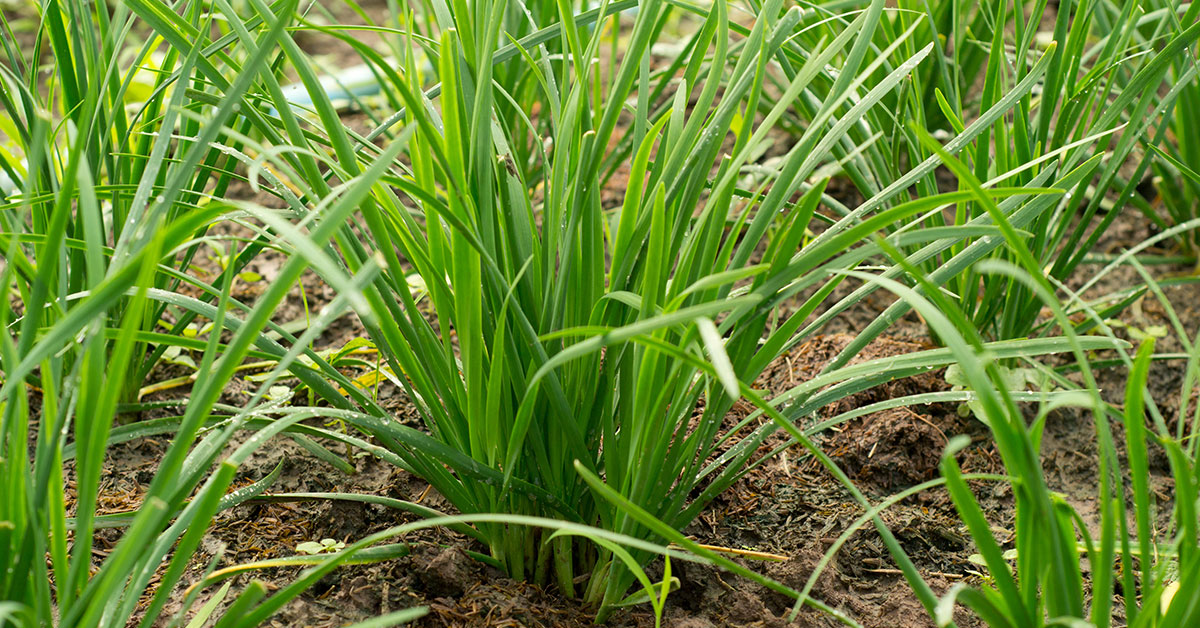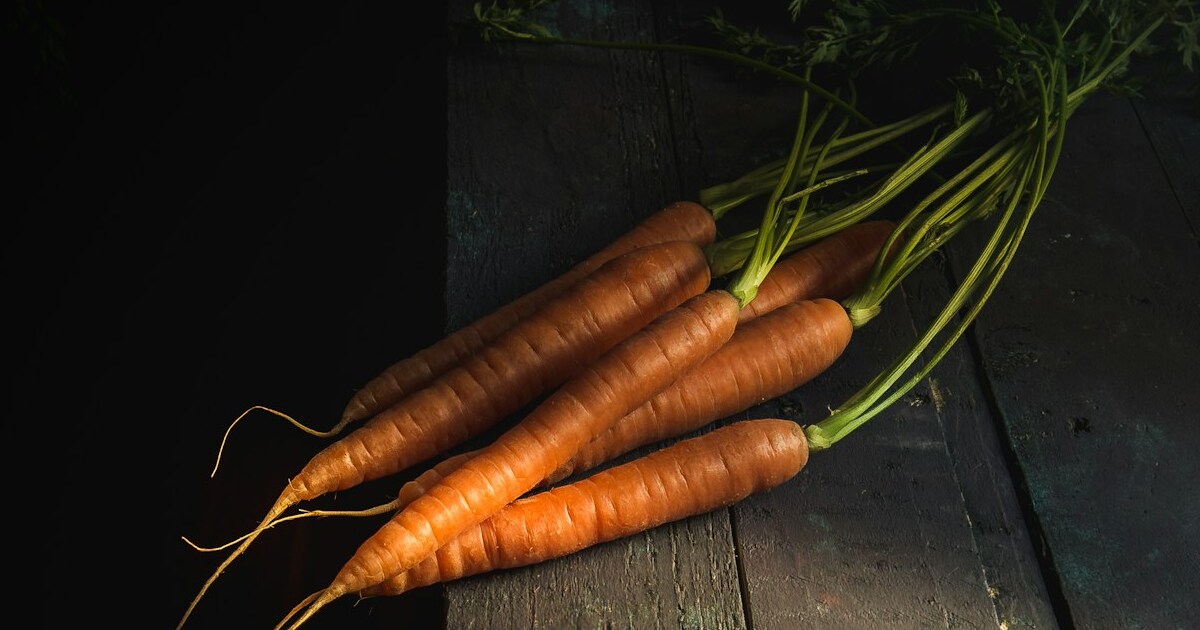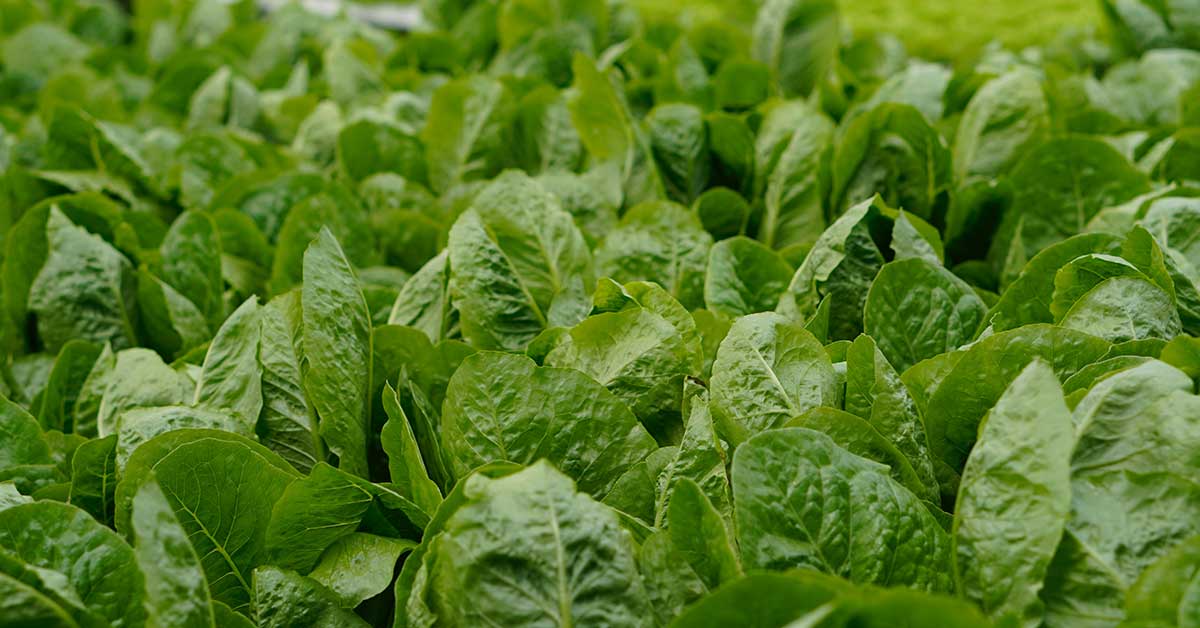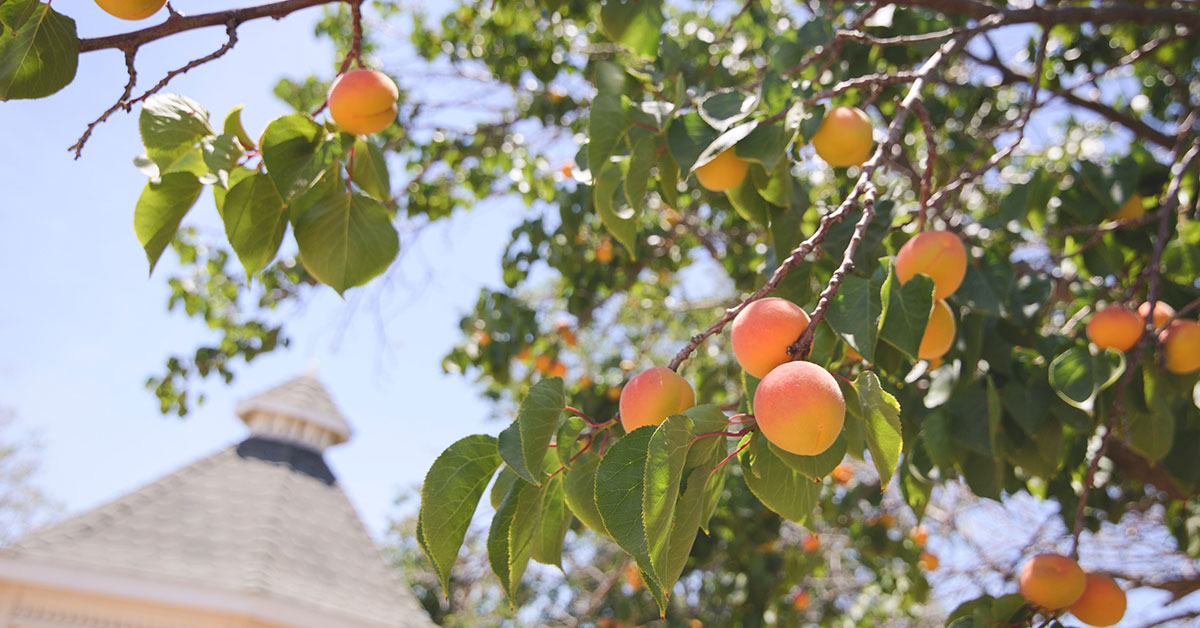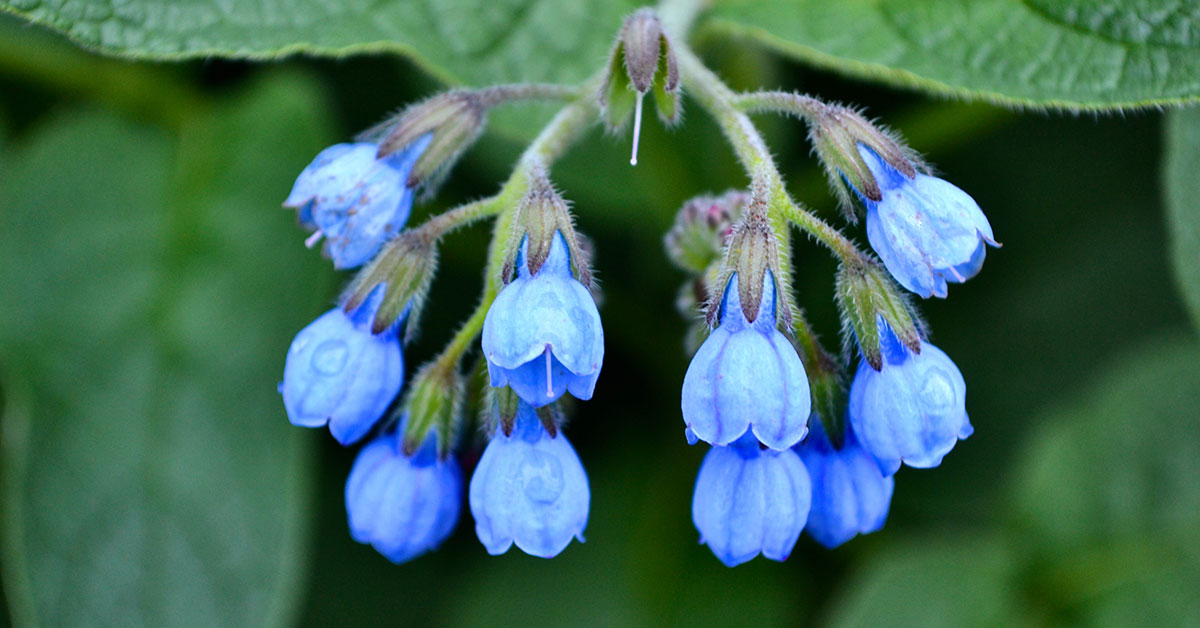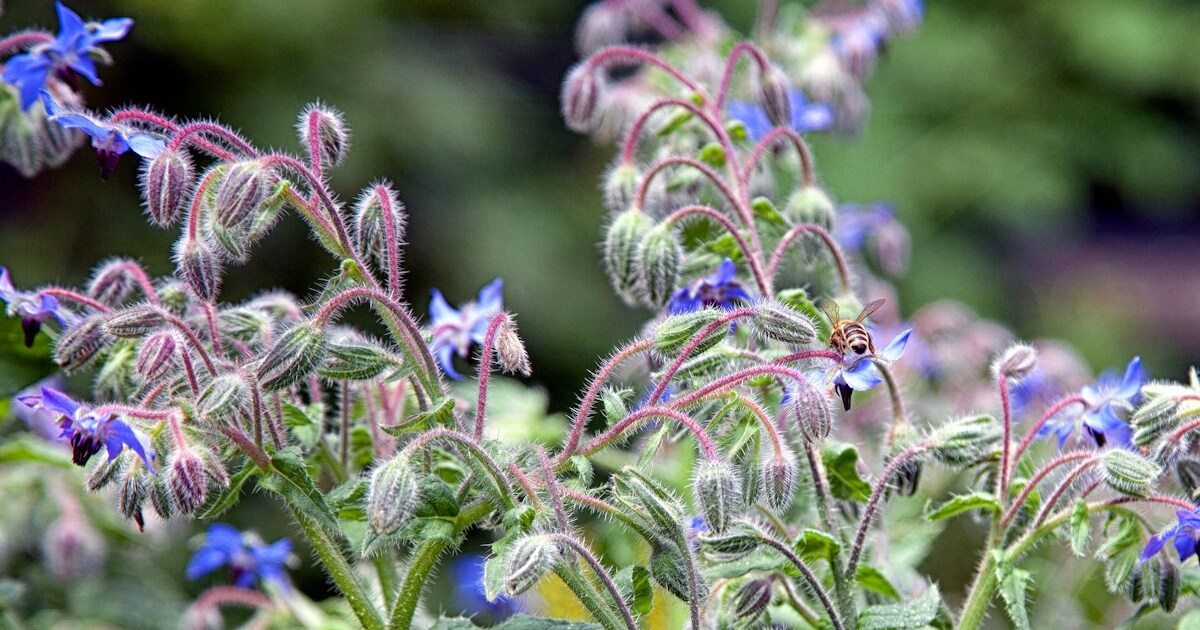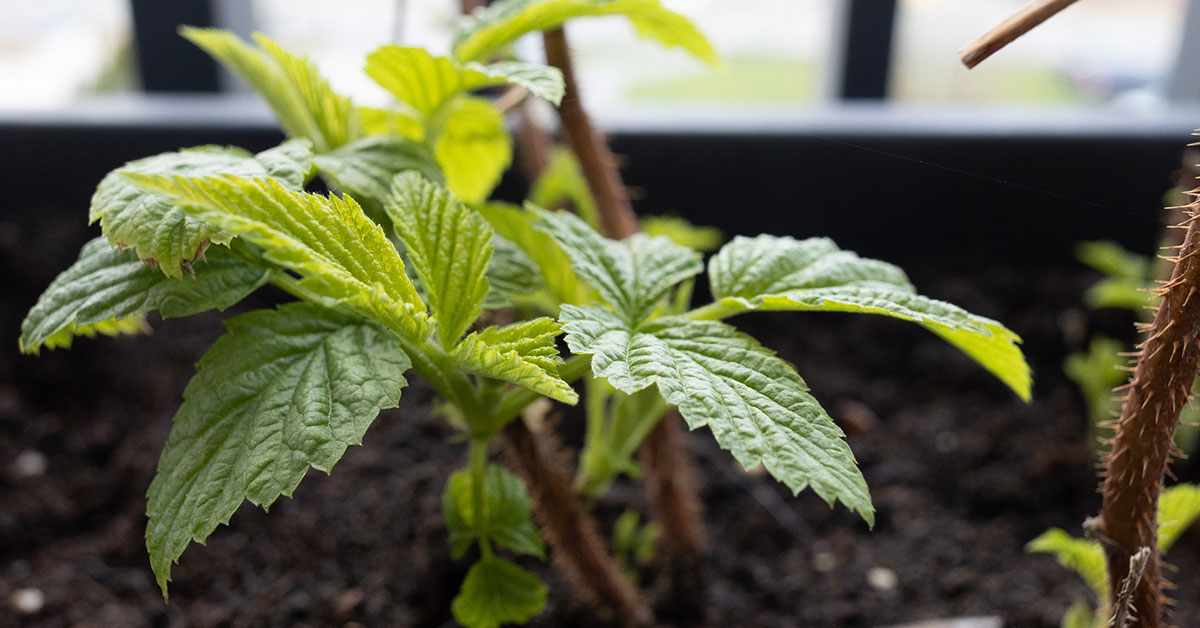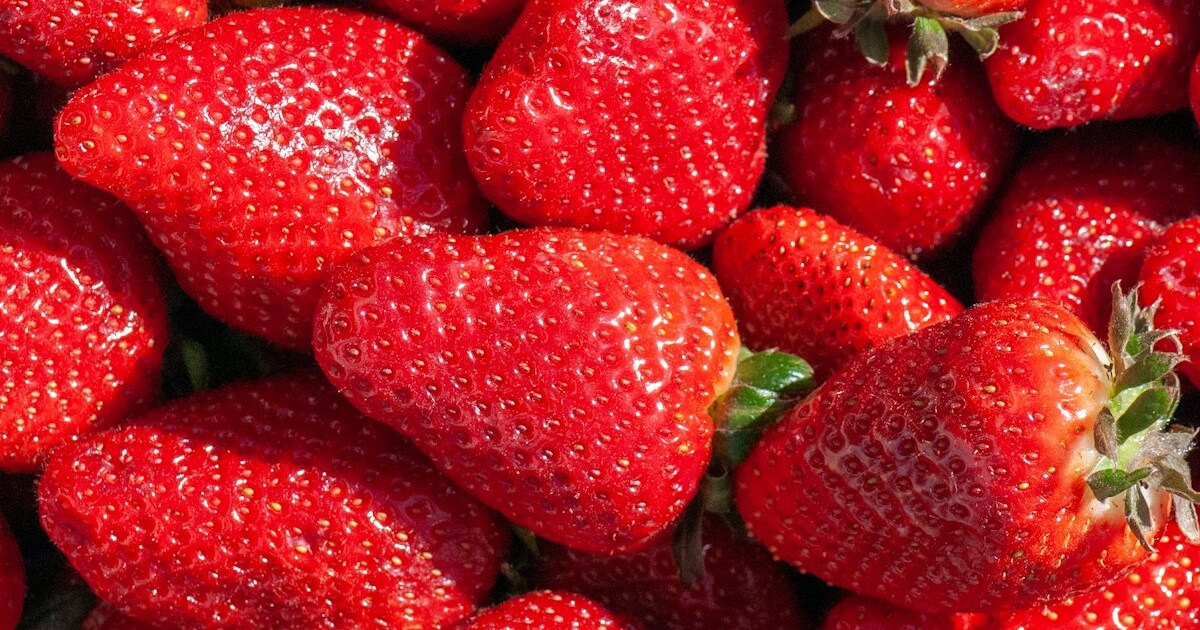As a dedicated gardener who’s learned through years of trial and error, I know all too well how frustrating it is when your plants suffer from neglected watering or a lack of attention. It’s such a bummer when even your most promising seeds wither because life gets in the way! That’s why I’ve spent time researching and experimenting with a variety of hardy, low-maintenance plants that practically thrive on minimal care. These resilient beauties not only add vibrant character to your garden but also attract beneficial pollinators and even offer cozy spots for small critters to nest, creating a balanced ecosystem that’s perfect for even the most forgetful gardeners.
In this article, I’m excited to share 13 standout plants that have proven themselves time and again in my own garden. Each one has a fascinating backstory—from their native origins to their sometimes surprising growth behaviors—and they’re all known for their ability to bounce back when care is less than perfect. Whether you’re new to gardening or simply someone who sometimes forgets to water on schedule, these plants will bring life, color, and a sense of ease to your outdoor space!
Sedum (Stonecrop)
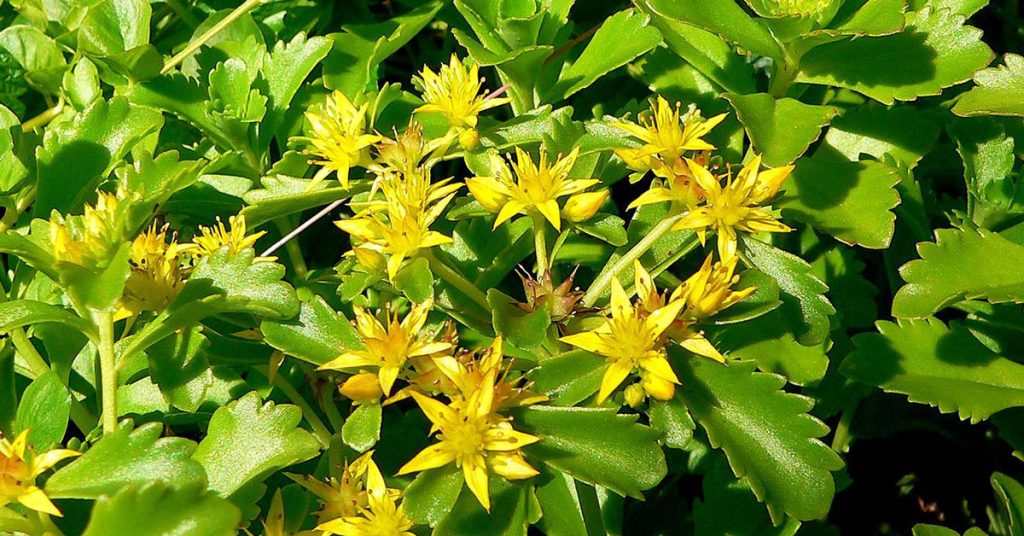
Sedum, commonly known as Stonecrop, is a true marvel when it comes to resilience and ease of care! Native to Europe, Asia, and parts of North America, these succulent perennials have adapted to a wide range of conditions, thriving in poor soil and surviving drought with minimal fuss. I’ve found that their fleshy leaves store water, making them perfect for those busy days when you simply can’t get to the garden. Their sprawling habit forms a dense mat that not only suppresses weeds but also provides a charming, low-maintenance ground cover that attracts pollinators like bees and butterflies.
In my experience, Sedum never fails to impress even on the days when I forget to water as frequently as I should. While some varieties can be a bit vigorous, they’re generally non-invasive and easily managed with occasional trimming. Their clusters of tiny, star-shaped flowers add a delicate touch to garden borders and rock gardens, creating an inviting atmosphere that feels both wild and beautifully cultivated. It’s a plant that truly rewards even the most absent-minded gardener with a burst of natural charm!
Lantana (Lantana camera)

Lantana is a vivacious, sun-loving plant that brings a riot of color to any garden—even if you’re not always on top of your watering schedule! Native to the tropical regions of the Americas, this flowering shrub boasts clusters of small, multi-colored blooms that attract butterflies and hummingbirds like little magnets. I’m always amazed at how its hardy nature lets it flourish in hot, dry conditions while adding a touch of exotic flair to the landscape. Its sprawling habit not only creates a vibrant display but also offers a natural refuge for beneficial insects looking for a brief respite.
Despite its beauty, Lantana is known for its invasive tendencies in some regions, so it’s important to choose varieties that are well-suited to your local climate and to keep an eye on its spread. When managed properly, however, it’s a fantastic choice for forgetful gardeners because it tolerates neglect and still delivers a spectacular burst of color. Every time I see Lantana in full bloom, I’m reminded that nature often rewards resilience, even when we aren’t as diligent as we’d like to be!
Rosemary (Rosmarinus officinalis)

Rosemary is an aromatic herb that stands out for its robust character and culinary versatility, making it a must-have for gardeners prone to forgetfulness! Native to the Mediterranean region, this woody perennial is perfectly adapted to dry, sunny climates and requires minimal watering once established. I’m always delighted by the way its needle-like leaves not only add a fragrant burst to the air but also serve as a natural repellent for some garden pests. Its subtle blue-purple flowers attract bees and other pollinators, turning each sprig of rosemary into a mini oasis of life.
In my own garden, Rosemary has become a symbol of reliability—a plant that endures even when I’m a bit distracted with my watering routine. While it is generally non-invasive, it does appreciate some pruning to maintain its shape and prevent it from becoming too leggy. Its hardy nature and evergreen foliage ensure that even in leaner moments, your garden will still have that comforting, familiar scent and look of vitality. It’s a perfect reminder that sometimes the simplest plants are the most resilient!
Daylily (Hemerocallis)
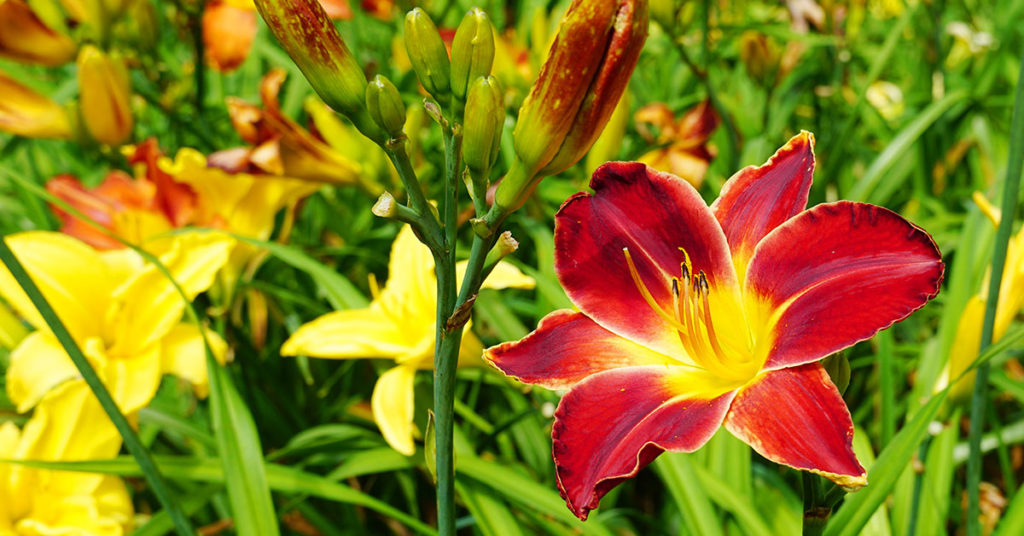
Daylilies are a gardener’s dream when it comes to low-maintenance beauty and rugged resilience! Native to Asia, these perennials are celebrated for their trumpet-shaped blooms that light up the garden for a day at a time, yet the staggering number of buds ensures a nearly continuous display throughout the growing season. I’m always impressed by how daylilies thrive in a range of conditions, from sun-drenched borders to partially shaded areas, and they are forgiving even if you occasionally forget to water them regularly. Their lush, arching foliage also provides natural cover for beneficial insects, creating small microhabitats where bees and other pollinators can take refuge.
Not only do daylilies add an explosion of color and life to any garden, but they’re also known for their vigorous growth habit that outcompetes weeds. They’re generally non-invasive, and I’ve found that a little division every few years is all they need to keep performing at their best. Their robust nature, paired with their easy-going maintenance requirements, makes daylilies a reliable companion for any gardener who might occasionally get distracted. It’s always a pleasure to see these flowers open up each day, symbolizing the promise of beauty even in the midst of busy lives!
Blue Fescue (Festuca glauca)

Blue Fescue is a charming ornamental grass that offers a cool, silvery-blue accent to gardens, even in the face of neglect! Native to Europe, this tufted, clump-forming grass is remarkably drought-tolerant and thrives on minimal water, making it ideal for forgetful gardeners. I’m always struck by its fine-textured foliage that creates a soft, almost ethereal carpet in rock gardens or borders, and its gentle sway in the breeze adds a subtle movement that draws the eye. The plant’s compact form not only suppresses weeds but also creates a serene, low-maintenance focal point that invites beneficial insects to explore its delicate blades.
Even on days when watering is overlooked, Blue Fescue maintains its vibrant color and texture, providing a year-round decorative element that enhances any landscape. It’s not considered invasive, and its neat growth habit makes it a pleasure to work with, requiring little more than an occasional trim to keep it looking its best. Every time I walk past my Blue Fescue patch, I’m reminded that some of nature’s most understated beauties are also its most resilient—an inspiring lesson for even the busiest of gardeners!
Coneflower (Echinacea purpurea)

Coneflower is an iconic perennial that brings a bold splash of purple and a sense of wild, natural beauty to any garden! Native to the central and eastern regions of North America, this flower is celebrated for its daisy-like petals surrounding a distinctive, cone-shaped center that attracts bees, butterflies, and even small birds seeking seeds. I’m always amazed by how these sturdy blooms manage to thrive with minimal care, making them perfect for gardeners who might occasionally forget to tend to their plants. Their upright habit and vibrant colors give any garden a relaxed yet captivating aesthetic that feels both homey and adventurous.
While Coneflower is not considered invasive, its vigorous growth can benefit from a bit of spacing to allow for optimal air circulation. I’ve found that these plants are particularly valuable in creating a balanced ecosystem, as their blooms provide a rich source of nectar and pollen for a variety of beneficial insects. Every time I see a cluster of coneflowers basking in the sun, I’m reminded that nature has a wonderful way of rewarding resilience with beauty—a message that resonates deeply with every forgetful gardener out there!
Agave (Agave Americana)
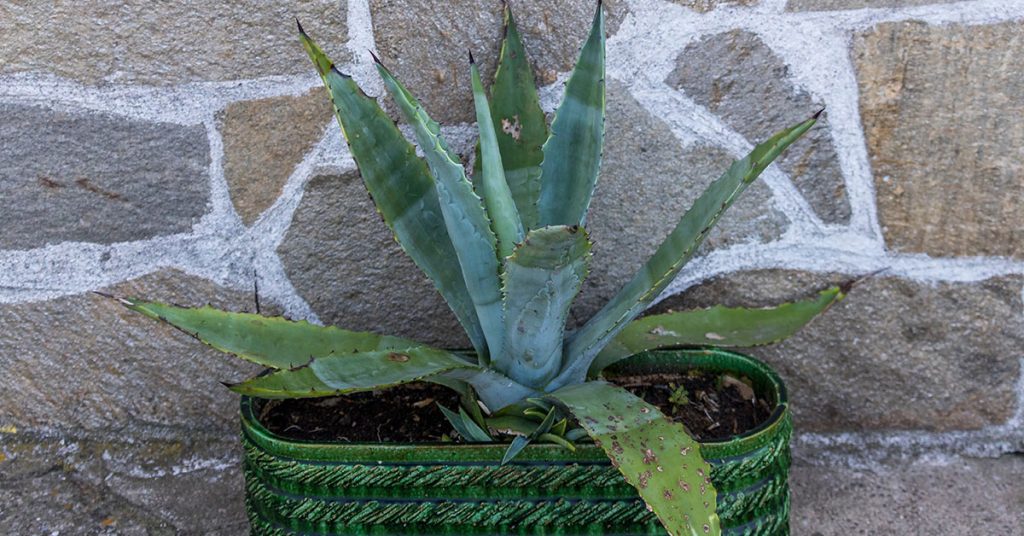
Agave is a striking succulent that stands as a testament to survival in even the harshest conditions, making it a favorite among those who sometimes overlook regular garden care! Native to the arid regions of the Americas, Agave americana thrives on minimal water and embodies the spirit of resilience with its bold, rosette-shaped form and spiky, architectural leaves. I appreciate how its dramatic silhouette and slow growth rate add a modern, sculptural element to the garden while simultaneously attracting bees and other small pollinators that seek shelter in its protective leaf clusters.
Although Agave can be quite imposing, it is generally non-invasive and requires little more than occasional dusting of its leaves to keep it looking pristine. Its ability to withstand drought and neglect makes it a perfect centerpiece for xeriscape designs and rock gardens alike. Every time I see this magnificent succulent in my garden, I’m reminded that sometimes nature’s toughest survivors are also its most beautiful, standing as a living monument to endurance and understated elegance!
Portulaca (Moss Rose)

Portulaca, or Moss Rose, is an exuberant annual that thrives in hot, dry conditions and rewards even the most absent-minded gardener with continuous, vibrant blooms! Native to the warm regions of the Americas, this succulent groundcover is renowned for its bright, colorful flowers and its ability to flourish with minimal water. I’ve always been impressed by how Portulaca’s trailing habit creates a carpet of cheerful blossoms that not only suppresses weeds but also provides a welcoming habitat for beneficial insects and small pollinators. Its low-growing nature makes it a versatile choice for rock gardens, containers, and borders alike.
One of the most delightful aspects of Portulaca is its capacity to bounce back after a period of neglect, proving time and again that it’s built to endure. Although it’s not invasive, it does spread nicely, creating an instant splash of color that brightens even the driest corners of the garden. Every time these radiant flowers bloom, I feel a surge of joy knowing that nature’s resilience can turn even forgotten patches into lively, thriving displays. It’s a true testament to the power of simplicity and endurance in gardening!
Black-Eyed Susan (Rudbeckia hirta)

Black-Eyed Susan is a vibrant and cheerful perennial that never fails to add a burst of sunshine to any garden, even when watering schedules are a bit off! Native to North America, these hardy plants feature bright yellow petals encircling a dark, dramatic center that attracts bees, butterflies, and even small birds searching for seeds. I’m always delighted by how they flourish in a variety of soil types and conditions, making them ideal for gardeners who might occasionally overlook routine care. Their sturdy nature and effortless beauty make them a true staple for a resilient garden design.
Although Black-Eyed Susan is known for its robust growth, it is generally non-invasive and easily managed with a little thinning each season. I appreciate how these plants not only bring visual joy but also contribute to the local ecosystem by providing a haven for pollinators and beneficial insects. Every time I see a cluster of Black-Eyed Susans nodding in the breeze, I’m reminded that nature rewards persistence with beauty, even when life gets busy and a bit forgetful!
Creeping Thyme (Thymus serpyllum)

Creeping Thyme is a delightful, aromatic groundcover that adds a subtle yet sophisticated touch to any garden—perfect for those who might occasionally forget to tend to every detail! Native to the Mediterranean, this low-growing herb is not only drought-tolerant but also releases a gentle fragrance when walked upon, instantly uplifting the spirit. I’ve noticed that its tiny, purple flowers attract bees and other pollinators, turning the plant into a miniature haven for nature’s little helpers. Its ability to form a dense mat makes it an excellent weed suppressant, ensuring a tidy and charming garden border.
While Creeping Thyme is non-invasive and thrives on neglect, it does appreciate occasional trimming to maintain its shape and potency. I enjoy watching it slowly carpet my garden beds, providing both visual appeal and functional ground cover that requires minimal water and care. Every time I see its delicate blooms shimmering in the sunlight, I’m reminded that sometimes, the simplest plants can offer the greatest rewards—especially for a busy gardener with a lot on their mind!
Russian Sage (Perovskia atriplicifolia)
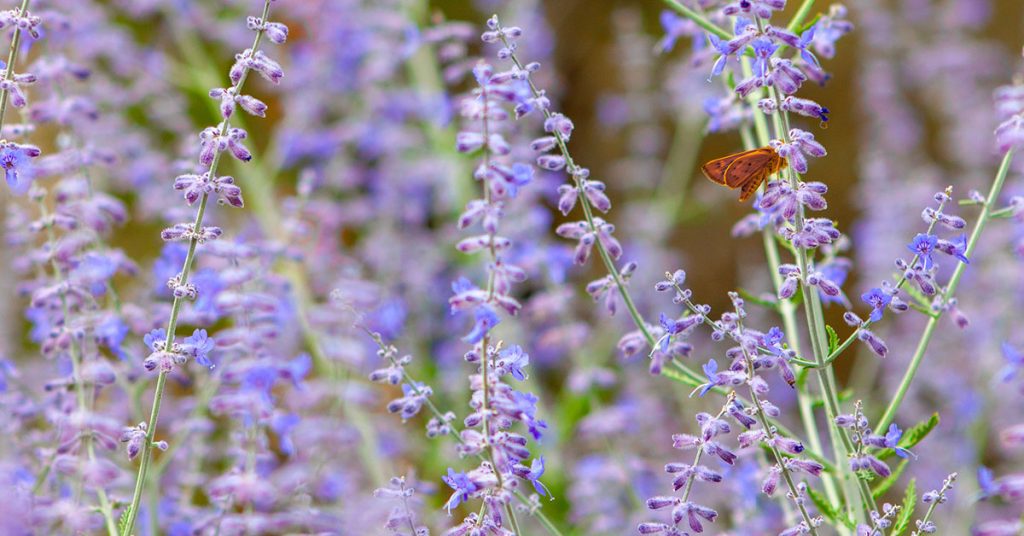
Russian Sage is a stunning perennial that lends an air of elegance and wild resilience to any garden, making it ideal for those who may occasionally forget to water! Native to the steppes of Central Asia, this woody-based perennial produces airy, silver-green foliage crowned with delicate spikes of pale purple blooms. I’ve always admired how its drought-tolerant nature allows it to flourish under the harshest conditions while attracting bees, butterflies, and even small insects that sometimes find a temporary nesting spot among its silvery leaves. Its relaxed, sprawling habit creates a calming, almost ethereal atmosphere in any landscape.
Although Russian Sage is known for its vigorous growth, it is not considered invasive when given proper spacing and care. I appreciate how it adds both texture and a burst of color to garden borders and larger landscapes alike. Every time I see its cascading flowers and light, feathery foliage dancing in the breeze, I’m reminded that even in a hectic, forgetful world, nature always finds a way to shine with effortless grace and resilience!
Coreopsis (Tickseed)
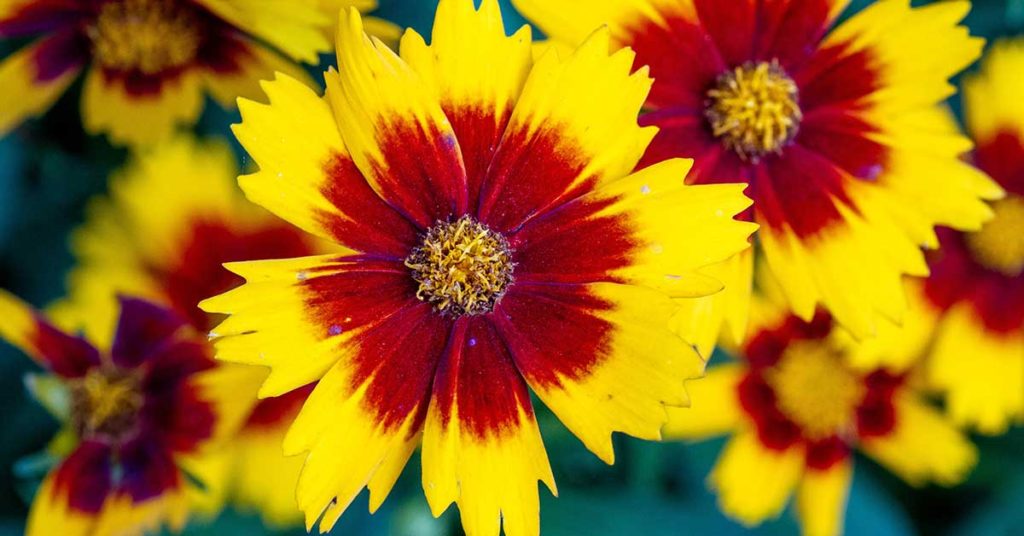
Coreopsis is a cheerful and hardy perennial that fills the garden with radiant yellow and orange blooms, offering a perfect pick-me-up for even the busiest of gardeners! Native primarily to North America, this low-maintenance plant thrives in full sun and well-drained soils, making it an ideal choice for those who may sometimes miss a watering. Its daisy-like flowers not only provide an attractive burst of color but also serve as a magnet for bees, butterflies, and other beneficial insects that enrich the garden ecosystem. I love how Coreopsis naturally suppresses weeds with its dense growth habit while adding an energetic vibe to any landscape.
While Coreopsis is not considered invasive, its vigorous spreading habit means that a bit of occasional thinning can keep it looking its best. I’ve seen firsthand how this delightful plant brings a sense of optimism and durability to my garden, even during the hottest, busiest parts of the season. Every bloom is a reminder that nature rewards persistence with vibrant beauty—a lesson that any forgetful gardener can appreciate as they enjoy the effortless charm of Coreopsis!
Yucca (Yucca filamentosa)

Yucca is a striking, architectural plant that brings an edgy, modern feel to the garden while thriving on minimal care—ideal for gardeners who might be a little forgetful! Native to the southeastern United States, Yucca filamentosa features sword-like leaves and tall spikes of creamy-white flowers that attract moths, bees, and sometimes even small birds looking for a safe nesting spot. I’m always fascinated by how this resilient plant endures harsh sunlight and drought conditions, adding a sculptural element to the garden that’s both dramatic and enduring. Its unique form and low water requirements make it a standout choice for low-maintenance landscapes.
Although Yucca can develop a clumping habit over time, it is generally non-invasive and remains a focal point with proper spacing. I appreciate its rugged beauty and the way it subtly transforms even the simplest garden into a modern, natural work of art. Every time I see the bold silhouette of Yucca against a clear blue sky, I’m reminded that sometimes nature’s toughest survivors are the ones that offer the most captivating character—and that’s a lesson every forgetful gardener can take to heart!




